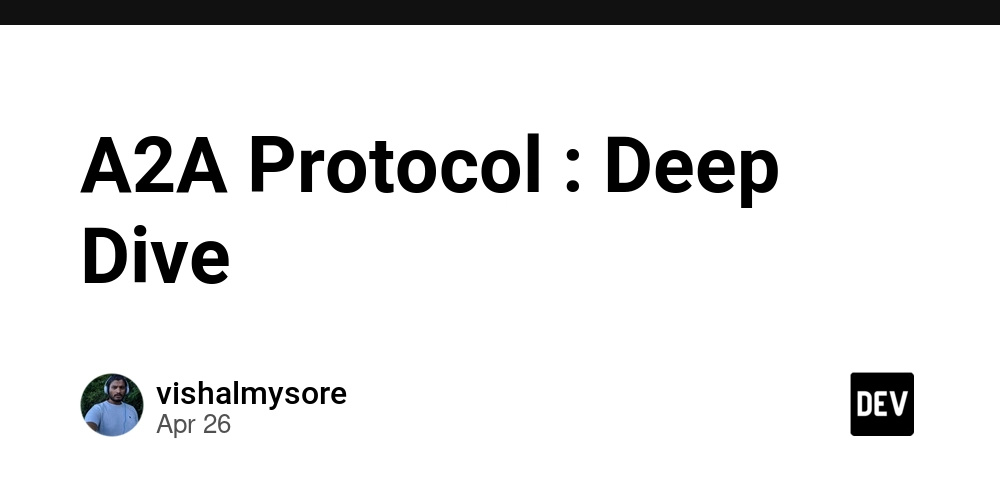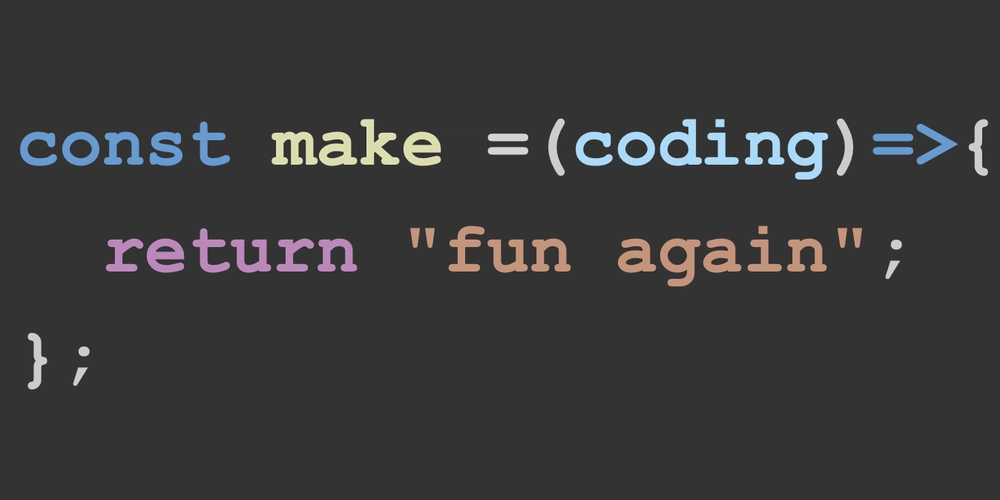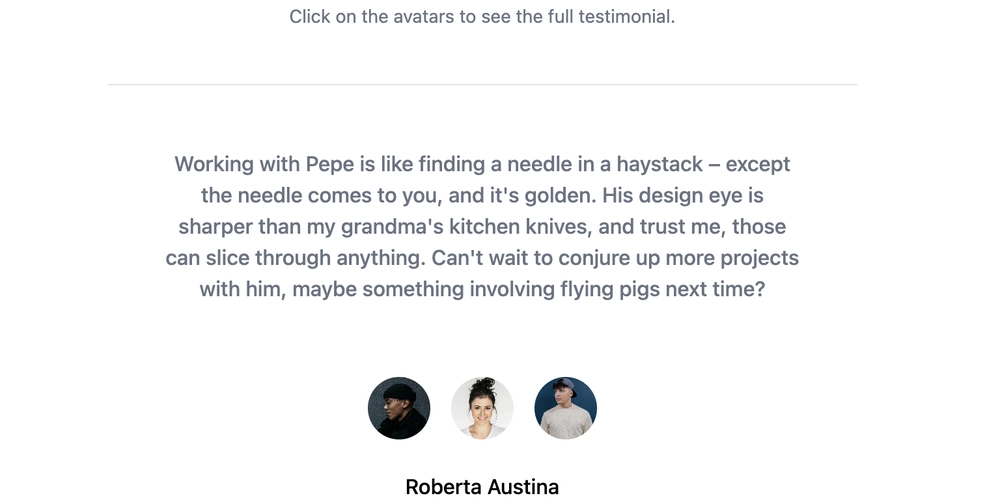
A2A Protocol Explained: How AI Agents Communicate and Collaborate
The A2A (Agent-to-Agent) protocol is a groundbreaking standard by Google that allows different AI agents to work together seamlessly. Discover how this universal communication system can streamline AI collaboration across diverse platforms. This article provides a detailed explanation of the A2A protocol, including its benefits, technical foundations, and practical applications.
What is the A2A Protocol and Why Does it Matter?
Imagine a world where AI systems from different developers could communicate and collaborate effortlessly. That's the promise of the A2A protocol. The A2A (Agent-to-Agent) protocol provides a consistent framework for AI agents to exchange data, coordinate tasks, and function cooperatively, regardless of their origin or underlying technology. Think of A2A as a universal translator for AI, eliminating communication barriers and promoting efficient collaboration.
- Facilitates seamless communication between AI agents.
- Enables collaboration across different platforms and technologies.
- Solves interoperability issues in diverse AI environments.
How the A2A Protocol Works: A Simple Analogy
The A2A protocol simplifies communication between software agents. It's like two people agreeing to use the same language and format when discussing work. This shared understanding allows them to exchange tasks, provide updates, and stay coordinated easily. The A2A (Agent-to-Agent) protocol defines a structure for agents to send requests, receive responses, and manage tasks efficiently.
Diving Deep: Understanding the Technical Details of A2A
A2A leverages JSON-RPC for its messages. JSON-RPC provides a structured way for one agent to request an action from another. The requests are structured, include parameters, and are sent over HTTP. This ensures clarity and predictability.
- Request: contains the method to be called and the parameters
- Response: result of the method call or an error message
- Format: all messages are encoded in JSON
Here's a breakdown of the components of a JSON-RPC message:
jsonrpc: Specifies the JSON-RPC version.method: The name of the method to be invoked.params: Parameters for the method.id: A unique identifier for the request.result: (Response) The data returned upon success.error: (Response) Information about any error that occurred.
JSON-RPC vs. REST API: Key Differences in Agent Communication
While both JSON-RPC and REST APIs are used for client-server communication, they differ significantly in design and operation.
| Feature | JSON-RPC | REST API |
|---|---|---|
| Protocol/Style | RPC (Remote Procedure Call) | REST (Representational State Transfer) |
| Communication | Method-oriented | Resource-oriented |
| Endpoints | Single endpoint for all requests | Multiple endpoints for each resource |
| Method Invocation | Explicit method name and parameters | HTTP methods (GET, POST, PUT, DELETE) |
| Request Structure | Specific JSON format (method, params, id) | HTTP methods and URLs |
| HTTP Usage | Often uses POST, not strictly tied to HTTP | Relies heavily on HTTP semantics |
Benefits of Using the A2A Protocol for AI Collaboration
The A2A protocol is more than just a technical standard; it offers several tangible benefits for AI development and deployment:
- Improved Interoperability: A2A facilitates seamless communication between AI agents built on different platforms.
- Simplified Integration: A common communication standard simplifies the integration of AI systems into existing workflows.
- Enhanced Collaboration: Makes collaborative AI applications easier allowing agents to exchange data and coordinate tasks effortlessly.
- Reduced Complexity: The standardized format reduces the complexity of building and maintaining AI-driven systems.
Real World Applications: Where Can the A2A Protocol Be Used?
The A2A (Agent-to-Agent) protocol has wide applications across industries, whenever AI agents need to communicate and orchestrate tasks. Here are some possibilities:
- Smart Home Automation: Imagine different smart devices communicating seamlessly using a shared protocol.
- Cloud Services: Coordinate tasks between cloud services for more efficient resource management.
- E-commerce: Automating order processing by ensuring seamless communication between inventory management systems and shipping providers.
- Supply Chain Management: Streamlining logistics by enabling various supply chain entities to exchange data and coordinate deliveries.























